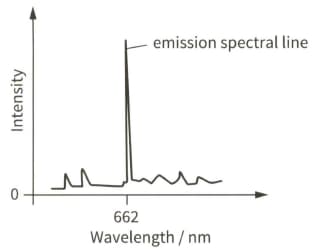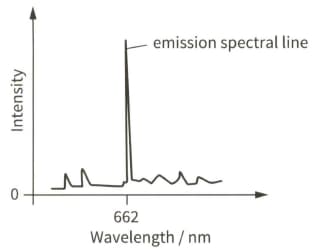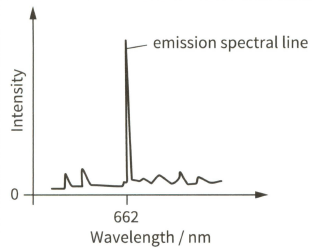David Sang and Graham Jones Solutions for Chapter: Astronomy and Cosmology, Exercise 10: EXAM-STYLE QUESTIONS
David Sang Physics Solutions for Exercise - David Sang and Graham Jones Solutions for Chapter: Astronomy and Cosmology, Exercise 10: EXAM-STYLE QUESTIONS
Attempt the practice questions on Chapter 31: Astronomy and Cosmology, Exercise 10: EXAM-STYLE QUESTIONS with hints and solutions to strengthen your understanding. Physics for Cambridge International AS & A Level Coursebook 3rd Edition Digital Access solutions are prepared by Experienced Embibe Experts.
Questions from David Sang and Graham Jones Solutions for Chapter: Astronomy and Cosmology, Exercise 10: EXAM-STYLE QUESTIONS with Hints & Solutions
A group of astronomers have determined the radiant flux intensity F from a star and its distance d. The percentage uncertainty in F is and the percentage uncertainty in d is . What is the percentage uncertainty in the calculated value of the luminosity of the star?
Light from a galaxy is passed through a diffraction grating. The diagram shows part of the emission spectrum.

The strong emission spectral line has wavelength 662 nm.
Explain how a spectral line is produced by electrons within atoms.
Light from a galaxy is passed through a diffraction grating. The diagram shows part of the emission spectrum.

The strong emission spectral line has wavelength 662 nm.
In the laboratory, the same spectral line has wavelength 656 nm.
(i) Calculate the speed of the galaxy.
Light from a galaxy is passed through a diffraction grating. The diagram shows part of the emission spectrum.

The strong emission spectral line has wavelength 662 nm.
(c) In the laboratory, the same spectral line has wavelength 656 nm.
(ii) State the direction of travel of the galaxy.
Light from a galaxy is passed through a diffraction grating. The diagram shows part of the emission spectrum.

The strong emission spectral line has wavelength 662 nm.
State and explain what the wavelength of the same spectral line would be for a much more distant galaxy.
Define radiant flux intensity.
(b) State the relationship between radiant flux intensity F and distance d from the centre of a star.
Neptune is the farthest known planet from the Sun in the Solar System. Its distance from the Sun is 30 times greater than the distance of the Earth from the Sun. The radiant flux intensity from the Sun at the Earth is .
A space probe is close to Neptune.
Calculate the maximum radiant power received by an instrument of cross-sectional area on this space probe.
